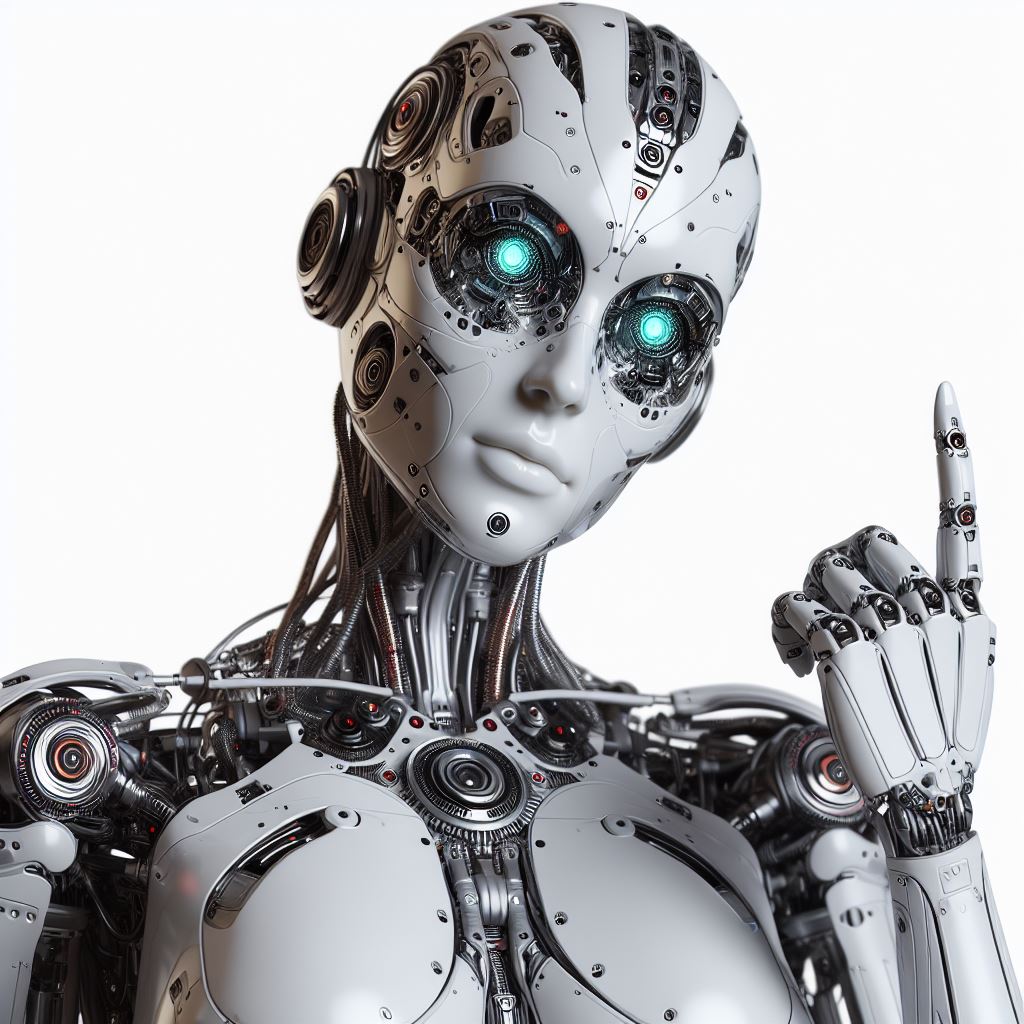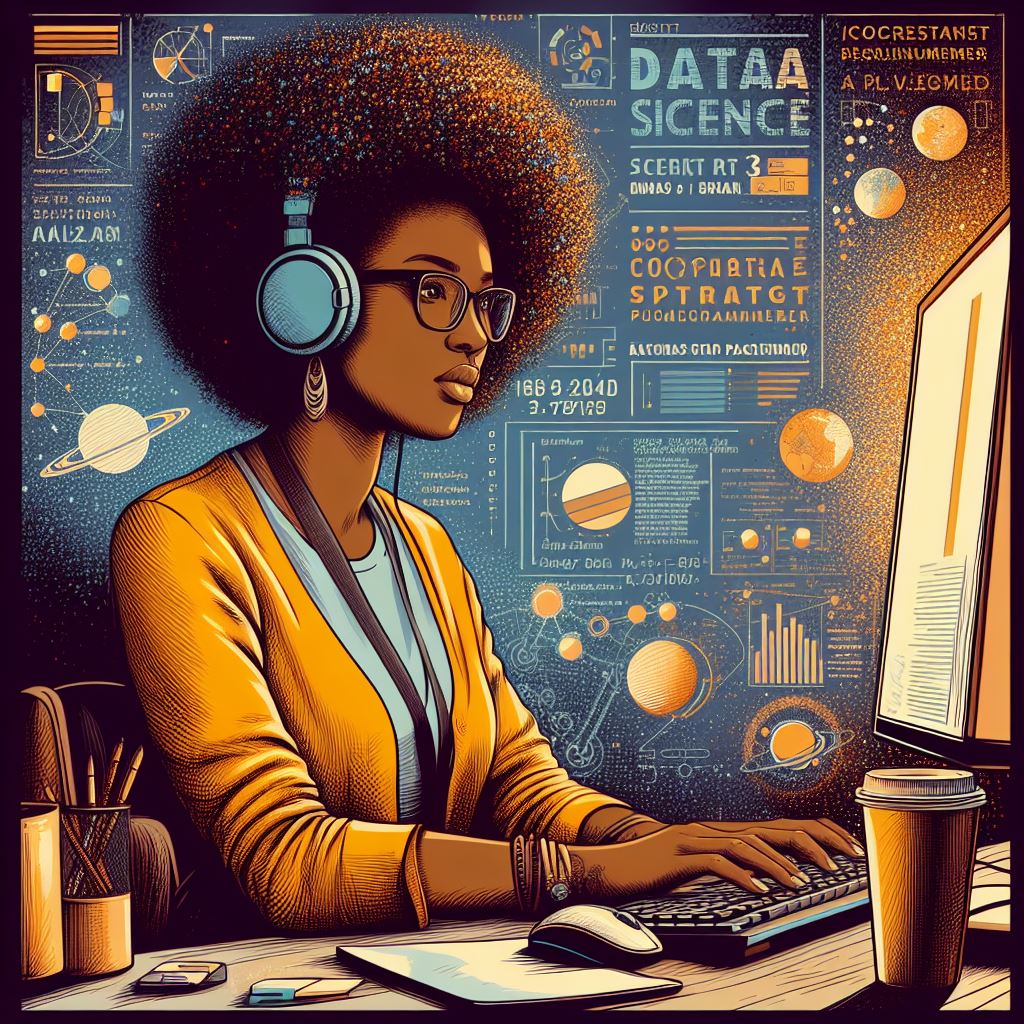In recent years, home automation has evolved significantly, with machine learning (ML) and artificial intelligence (AI) at the forefront of this revolution. These technologies are making homes smarter, safer, and more energy-efficient, creating a seamless living experience for homeowners. ML and AI-powered devices are transforming traditional home automation systems, offering personalized control, advanced features, and better predictive capabilities.
What is Home Automation with ML and AI?
Home automation refers to the integration of smart devices and systems within a home, allowing them to communicate and perform tasks without manual intervention. When combined with ML and AI, these devices can learn from their environment and user behavior to make intelligent decisions and predictions. For example, AI-powered smart thermostats can learn your preferences over time and adjust the temperature accordingly, while ML algorithms can optimize energy usage based on your routines.
Benefits of AI and ML in Home Automation
Personalized Experience: One of the key advantages of using AI and ML in home automation is the ability to offer a personalized experience. Smart devices powered by these technologies can understand user preferences and adapt to individual behaviors. For instance, AI-based voice assistants like Amazon Alexa and Google Assistant can recognize different household members and customize responses accordingly, improving user interaction.
Energy Efficiency: AI and ML can significantly enhance energy efficiency by analyzing data and making intelligent adjustments. Smart lighting systems, thermostats, and appliances powered by AI can optimize energy consumption, reducing waste and lowering utility bills. ML algorithms can track usage patterns and predict when devices are likely to be in use, ensuring they are running only when necessary.
Security Enhancements: AI-powered security systems are another example of how home automation is becoming smarter. These systems use computer vision and facial recognition to monitor activity and identify potential threats. With continuous learning capabilities, ML algorithms improve over time, offering more accurate detection and fewer false alarms. Smart cameras can even recognize specific individuals, alerting homeowners to unexpected visitors.
Convenience and Control: ML and AI enable seamless control over various devices in your home. With the help of voice recognition or mobile apps, users can manage lighting, climate control, appliances, and security systems from anywhere, at any time. The ability to automate daily routines, like turning on the lights when you enter a room or adjusting the thermostat before you arrive home, adds a layer of convenience that traditional systems can’t match.
Predictive Maintenance: Machine learning can predict when devices need maintenance or repairs before issues arise. Smart appliances equipped with sensors can detect abnormal behavior, such as a malfunctioning motor or clogged filter, and alert homeowners to potential problems. This predictive approach reduces the likelihood of costly repairs and ensures that devices are always operating efficiently.
Challenges and Future of Home Automation with ML and AI
Despite the many benefits, integrating ML and AI into home automation systems presents challenges. Privacy concerns, the need for high-quality data, and the complexity of integrating various devices are some of the hurdles that developers are working to overcome. As these technologies continue to advance, however, we can expect more intuitive, secure, and effective home automation solutions that bring even more convenience and sustainability to our everyday lives.
In the near future, the combination of AI and ML will continue to shape the home automation landscape, creating smarter homes that can learn and adapt to their inhabitants. With increased adoption of IoT devices and more sophisticated algorithms, homeowners will have access to even more powerful and reliable home automation solutions.



